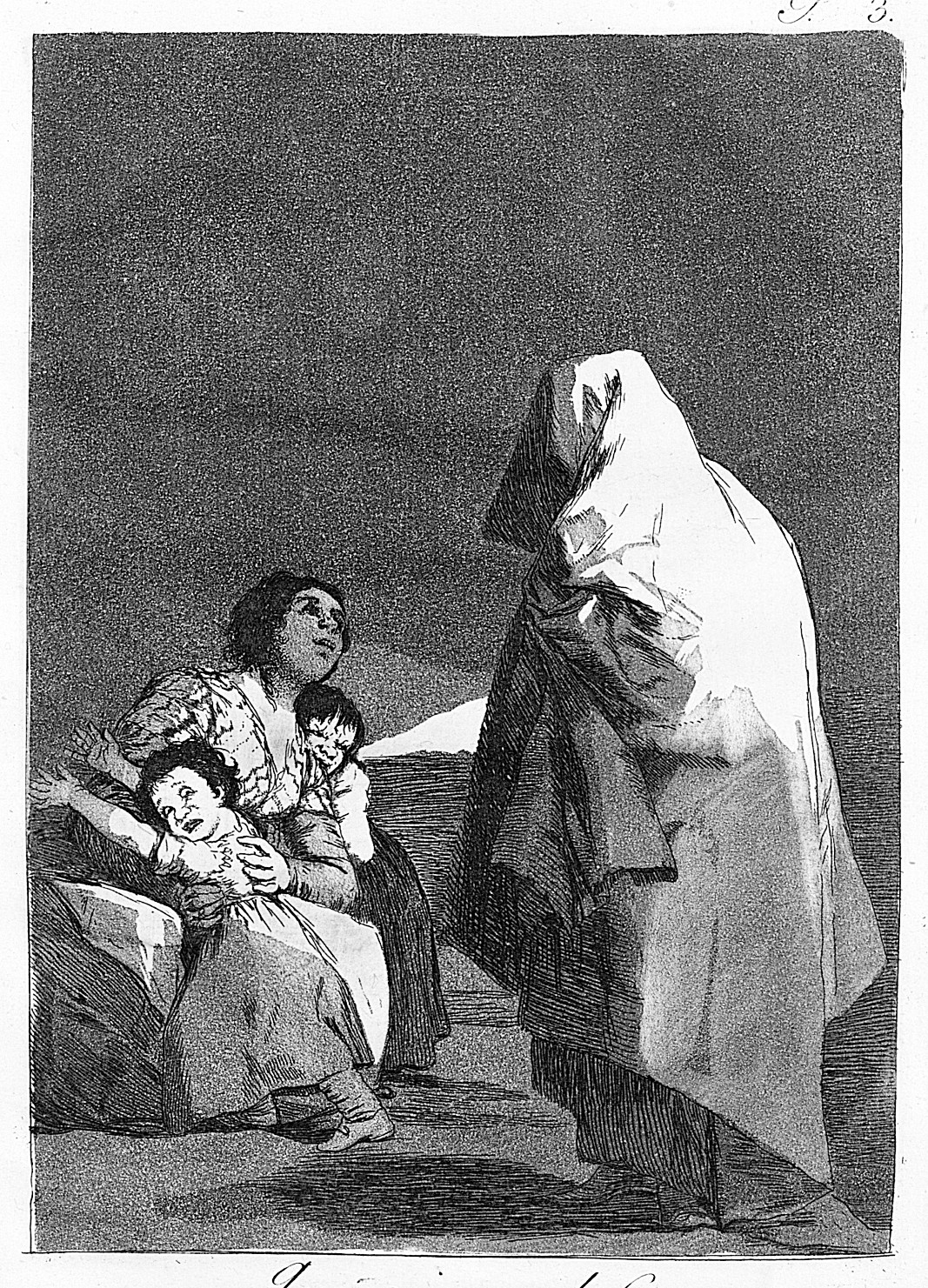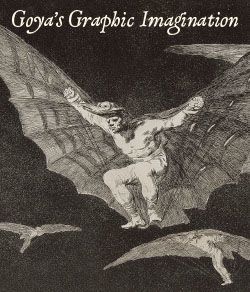Plate 3 from "Los Caprichos": Here comes the bogey-man (Que viene el Coco)
Goya (Francisco de Goya y Lucientes) Spanish
Not on view
This scene of a mother staring at a shrouded figure while her two terrified children cling to her hasbeen interpreted as Goya’s criticism of a repressive educational system based on fear of supernatural beings. Although a concern with poor education pervades the Caprichos, Goya’s specific target here is the women traditionally responsible for passing beliefs from one generation to the next. Implicating women in their children’s ignorance and superstition, the print alludes to the bogeyman—who wears fashionably pointy shoes beneath his robe—as the mother’s illicit lover. That reading would explain the contrasting expressions of the mother and her children.
Due to rights restrictions, this image cannot be enlarged, viewed at full screen, or downloaded.
This artwork is meant to be viewed from right to left. Scroll left to view more.







